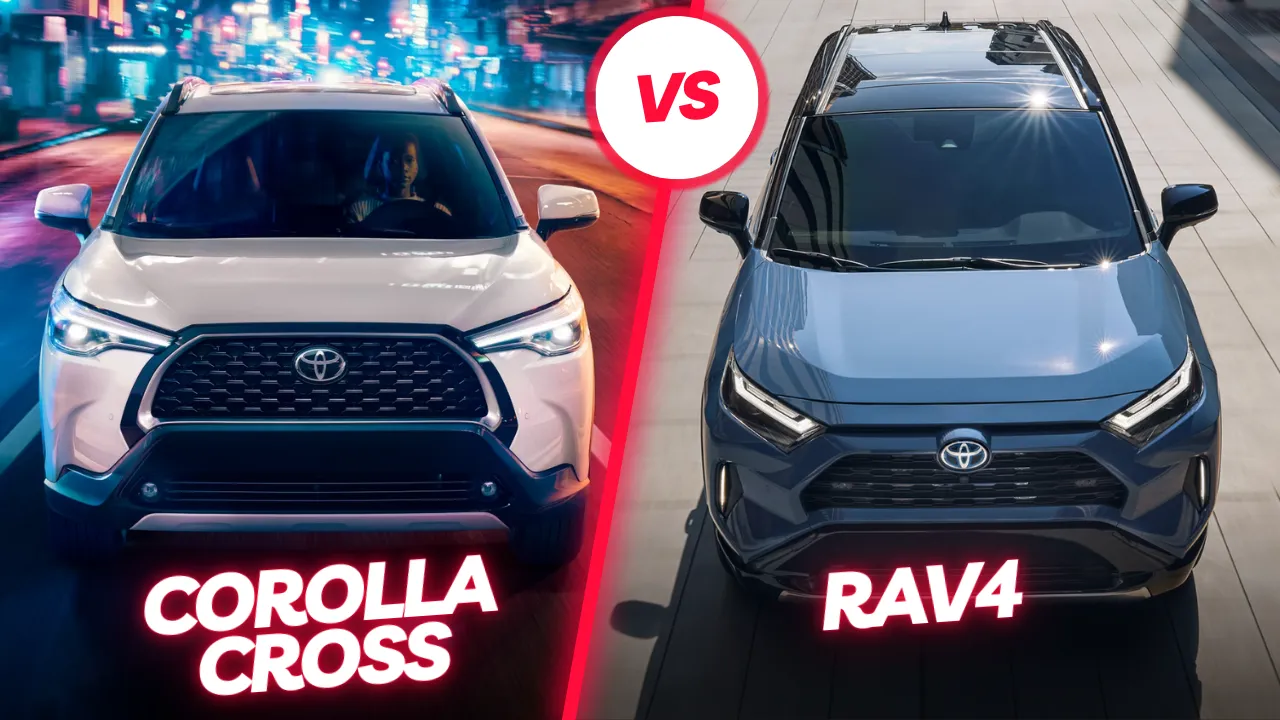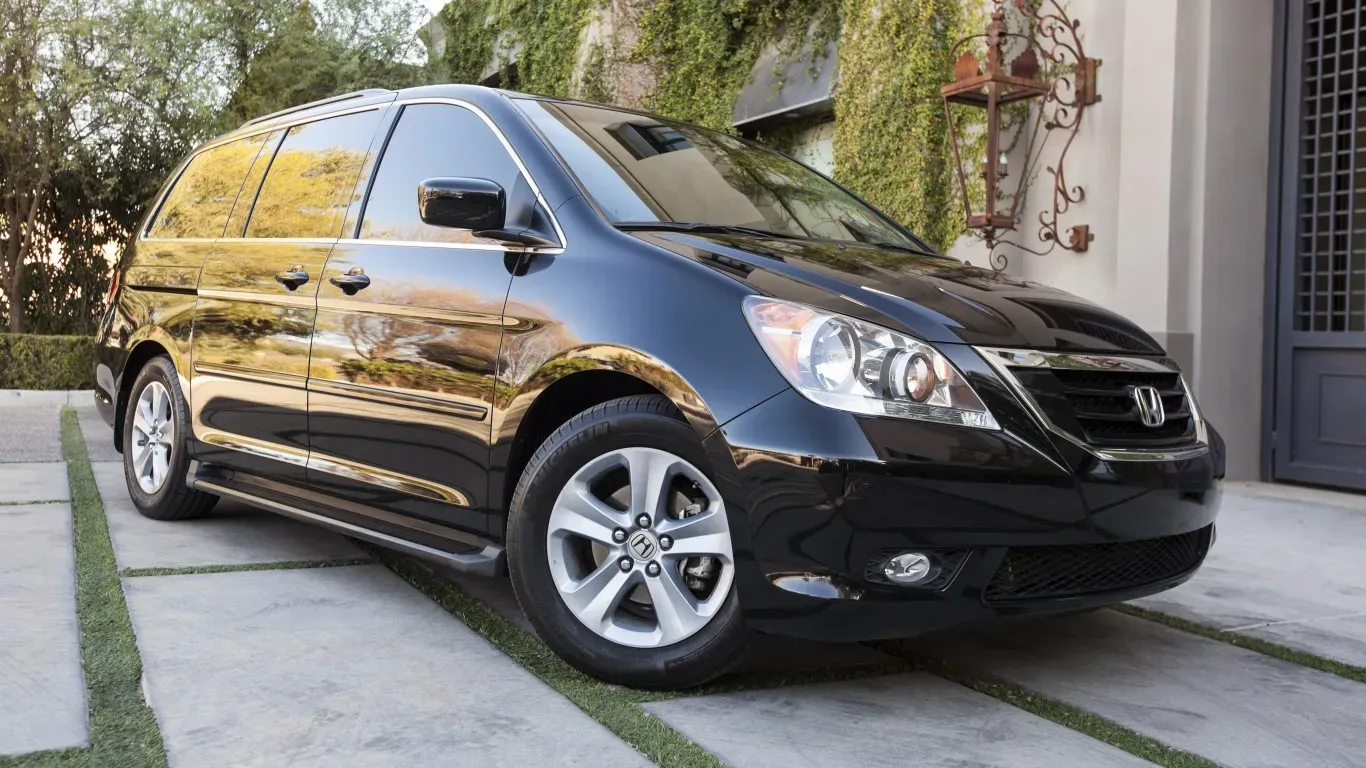Electric automobiles or EVs, are rapidly revolutionizing the automotive industry, offering a technological advancement over the normal ICE automobiles. At the heart of this revolution lies the question: ”What proportion of the battery capacity is used to charge the car?” This shows how efficiently the conversion takes place, an aspect that’s helpful for everyone who wants to know more about electric cars, potential customers of the vehicles, and environmental conservation believers.
Electric Vehicle Efficiency
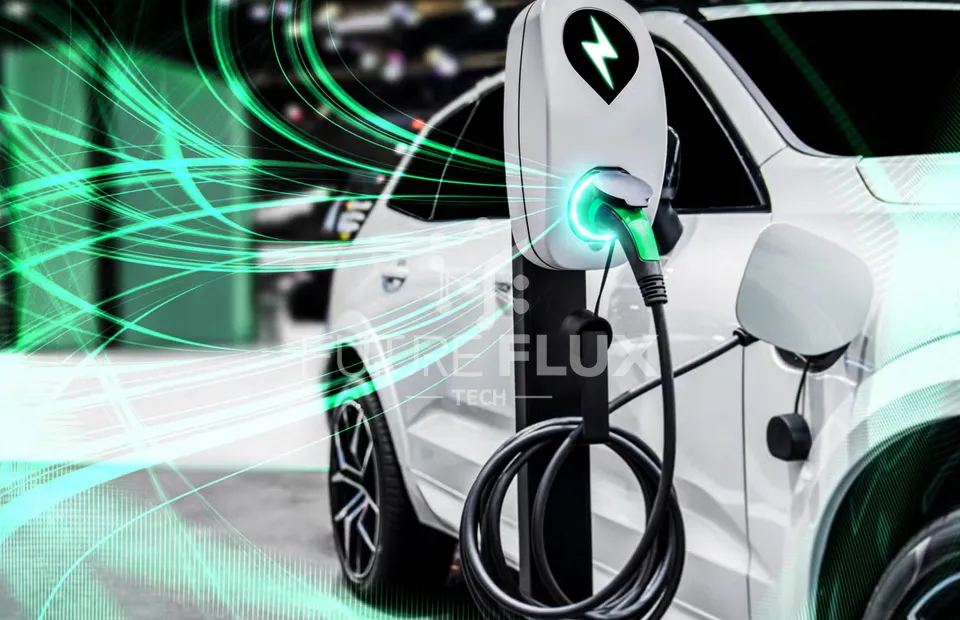
This efficiency is brought by electric vehicles’ capability to convert up to 80% energy within the battery to power in the vehicle. This efficiency level is far greater than the combustion engines which are rated to be about twenty- thirty per cent efficiency. The given proposal of EVs efficiency stems from the fact of a direct lower and more efficient conversion of the energy sources as compared to the energy requiring combustion.
Conversion of energy in electric cars
In energy conversion in electric cars one part that is significant is the electric motor. The process begins with the battery producing direct current (DC); an inverter then alters it to an alternating current (AC). This AC charges the electric motor, and this electrical energy is directly converted to mechanical energy to power to the wheels. This is why electric cars are considered to be a significant method of cutting down the emissions from highway vehicles due to high efficiency of this process.
Battery Charging Efficiency

There are other parameters that define the energy efficiency of electric vehicles also include battery charging efficiency. Most modern cars have battery management systems that help to charge the battery optimally and retain as much energy as possible. New technologies like fast charging and regenerative braking also help enhance the manner in which batteries are recharged and energy is saved when driving the vehicle.
EV Battery Power Transfer
A benefit for electric vehicles is the energy conversion of the battery which is up to 80% of the stored energy is deliverable to the power train. The rest of the energy is dissipated through the heat and electrical conversion and mechanical work done losses which are comparatively lesser than those of combustion vehicles.
Sustainability and Clean Energy of Electric Vehicles
Electric vehicles are clean and only getting cleaner as technology advances. The environmental footprint of EVs is significantly smaller compared to traditional gasoline vehicles, primarily due to their zero tailpipe emissions. The clean nature of electric vehicles extends beyond just emissions; it also encompasses the increasing use of renewable energy sources like solar and wind to charge batteries. As the energy grid becomes greener, the overall environmental impact of driving an EV continues to decrease, making it a crucial component in the transition to sustainable energy practices.
Electric Motor Efficiency
The efficiency of the electric motor in EVs is invariably very high, sometimes touching 90% and above. This efficiency comes from the basic fact of how motors work to turn electrical energy into an actual physical movement without energy for heat. Because of the basic and relatively uncomplicated electric motors as compared to combustion engines, they afford to be more efficient and require lesser maintenance.
EV Driving Range Efficiency
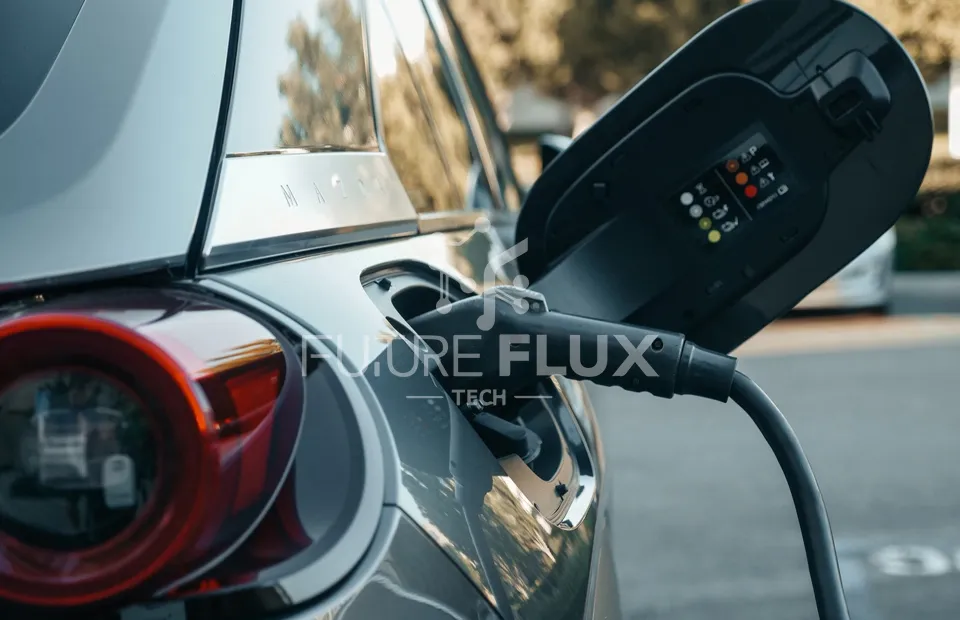
The range efficiency of an EV depends on the battery capacity, motor efficiency ,and the aerodynamics of the vehicle. While the average values vary between 100-300 miles a single charge, the technology as well as the more optimal battery designs continuously expand this range. Also, the average daily distance traveled within this range proves that EVs are feasible for everyday use.
Environmental Benefits of EVs
The benefits of EVs include environmental ones equal to a significant decrease in emissions. Since fossil fuels are used sparingly in the case of EVs, their general implication means cutting greenhouse gases and other pollutants affecting climate and air quality. The move towards the usage of electric vehicles is vital on the way to the realization of environmental objectives and provision of sustainable transport solutions.
Electric Car Recharge Efficiency
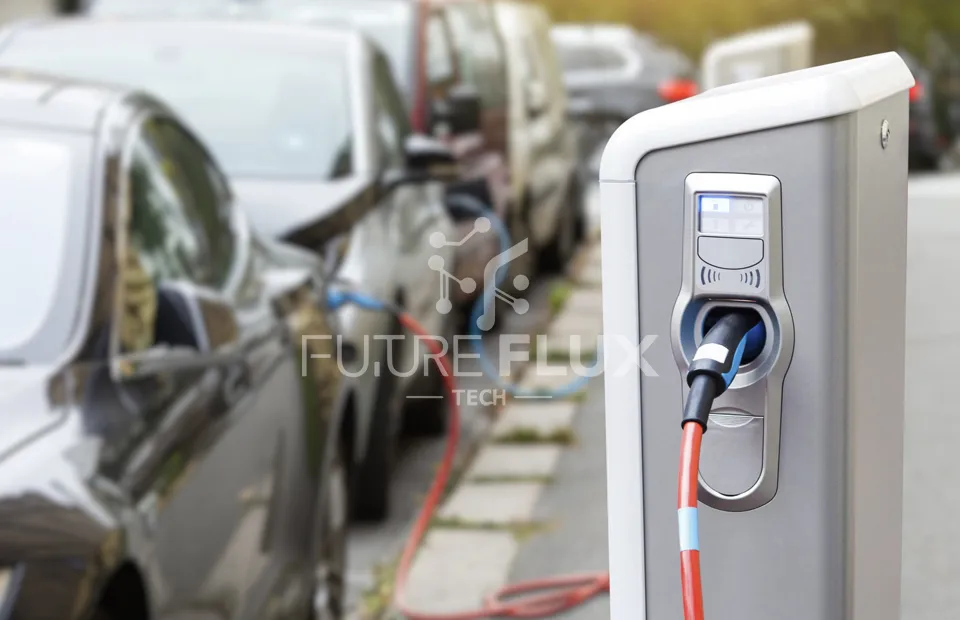
Last of all, efficiency of recharging has increased with use of new batteries and increased availability of charging stations. The stations that are dedicated to fast-charging and the constantly improving rate of charging systems back at home make it possible and quite easy to charge an EV, thus making them quite practical for daily use.
New Development in Battery Technology for Better EV Efficiency
1- Thermal Management in EV Batteries: The population that this research seeks to answer includes: the effect of Temperature on Battery, and the way Battery uses cooling and heating for managing the operating temperature of the battery.
2- Energy Recuperation Systems: Explain the technologies of regenerative braking option that seize the energy that is usually wasted whenever the vehicle slows down through a brake to turn it to electricity to help to enhance the efficiency of energy production.
3- Impact of Driving Conditions on Battery Efficiency: Determine the battery drain dependency on outside conditions like road topography, climatic conditions, and the driver’s behavior.
4- Battery Degradation and Efficiency Over Time: Explaining how and why battery capacity and efficiency may degrade over the life of any EV, charging routines and cycle counted.
5- Advancements in Battery Technology: An ecological review of new advancements in chemistry and design for better energy density, faster chargers, and safer batteries.
Conclusion
Explaining the concept of energy conversion efficiency in electric vehicles enables explaining why electric vehicles are the foundation of sustainable transportation. Thus, one prolongs the driving range of the battery, the other increases the efficiency of the electrical motor while the third aims at improving the charging of batteries and all these make electric vehicles even more attractive and high performing than before. The primary aim of transport in the years to come is to get the largest measure of energy stored in batteries to be transmitted to the wheel, for the creation of a better world.
FAQs
To what extent of the power stored in the battery of the EV is it consumed in moving the car?
It is noteworthy that 60%- 70% of the stored energy in an EV battery is consumed to drive the car. The rest of this energy is lost through the conversion loss of battery and drivetrain.
Looking at the use of resources in an EV, what are the main factors that affect efficiency?
Some factors include the charging condition of the battery, efficiency levels of the electric motor, behavior of the driver and the general environmental conditions such as weather and road conditions.
Is it possible to pose a question and answer it in the same sentence: Can improvements in technology increase EV efficiency?
Yes, one can improve and refine the battery, electric motor and energy control systems that form the internal combustion of the electric car and this improves the efficiency of the electric vehicle.
I’m Waqas, an electric vehicle enthusiast and tech writer with over 6 years of experience covering the EV industry. I write in-depth articles, comparisons, and reviews to help readers understand the fast-evolving world of electric mobility. From battery technology to EV launches and charging trends, I aim to make complex EV topics simple, engaging, and informative for everyday drivers and curious readers alike.

